Breaking Down Data Silos with BigQuery Omni and BigLake

Ready to transform your data strategy with cutting-edge solutions?
Imagine you’re managing data for a global retail chain. Your business has expanded its presence across the globe, and with that comes the need to adopt a multi-cloud strategy.
Here’s the setup:
Customer data is securely stored on Google Cloud Storage (GCS).
Transaction logs sit on AWS S3, closer to regional services for faster processing.
Marketing campaign data lives on Azure Blob Storage, managed by an external agency.
At first glance, this sounds like an efficient system—leveraging the best of each cloud provider. But in reality, it’s a logistical nightmare. The data is siloed, scattered across platforms that don’t naturally talk to each other.
When the marketing team asks for insights to personalize campaigns, or the finance team wants to analyze transaction trends, here’s what happens:
You spend hours building complex ETL pipelines.
Data transfer costs skyrocket as you move datasets between clouds.
Compliance teams start ringing alarms about cross-border data movement risks.
It’s like trying to cook a meal, but the ingredients are scattered across three kitchens in different countries. Exhausting, right?
Enter BigQuery Omni and BigLake
Here’s where BigQuery Omni and BigLake step in to save the day. These tools make it possible to analyze data across clouds without moving it.
Let’s break it down.
BigQuery Omni: Analytics Across Clouds
Think of BigQuery Omni as your passport to accessing data wherever it lives. With Omni, you can run queries across Google Cloud, AWS, and Azure, as if all your data were in one place.
How does it work?
BigQuery Omni uses Anthos to deploy BigQuery’s analytics engine close to your data. Whether your data resides in AWS S3 or Azure Blob Storage, it stays where it is, while BigQuery does the heavy lifting.
Why is it a game-changer?
No Data Movement: Forget about costly transfers and compliance risks. Analyze data in place.
One Query for All Clouds: Write a single SQL query and combine datasets from multiple clouds seamlessly.
Retail Example:
Let’s return to our global retail chain:
Analyze customer preferences stored in GCS.
Join transaction logs from AWS S3.
Measure marketing campaign success from Azure Blob Storage.
All of this happens in one unified query—no tedious ETL pipelines, no data duplication, no silos.
BigLake: Uniting Lakes and Warehouses
While BigQuery Omni breaks down barriers across clouds, BigLake simplifies working with diverse data formats within and outside of Google Cloud.
How does it work?
BigLake adds a metadata layer to external data formats like Parquet, ORC, and CSV. This makes them instantly queryable using BigQuery, while maintaining access control and governance.
Why is it powerful?
Unified Governance: Consistent access policies across your data lakes and warehouses.
Cost Efficiency: Query raw data directly, skipping the need to load everything into BigQuery.
Retail Example:
Imagine the retailer has raw clickstream data stored as Parquet files in GCS. With BigLake:
They can join this data with sales records in BigQuery to generate personalized recommendations.
They avoid duplicating data, slashing storage and processing costs.
Omni + BigLake: A Perfect Pair
When you bring BigQuery Omni and BigLake together, you get the best of both worlds:
1️⃣ Multi-cloud flexibility to query data wherever it resides.
2️⃣ Unified governance and compliance for structured and unstructured data.
3️⃣ Cost efficiency, thanks to reduced ETL complexity and no unnecessary data movement.
For our retailer, this means a 360-degree view of their customers, faster insights, and significantly lower costs. It’s like turning a scattered, chaotic pantry into a streamlined, world-class kitchen.
Ready to Experience the Future of Data?
You Might Also Like

This is the first in a five-part series detailing my experience implementing advanced data engineering solutions with Databricks on Google Cloud Platform. The series covers schema evolution, incremental loading, and orchestration of a robust ELT pipeline.

Discover the 7 major stages of the data engineering lifecycle, from data collection to storage and analysis. Learn the key processes, tools, and best practices that ensure a seamless and efficient data flow, supporting scalable and reliable data systems.

This blog is troubleshooting adventure which navigates networking quirks, uncovers why cluster couldn’t reach PyPI, and find the real fix—without starting from scratch.
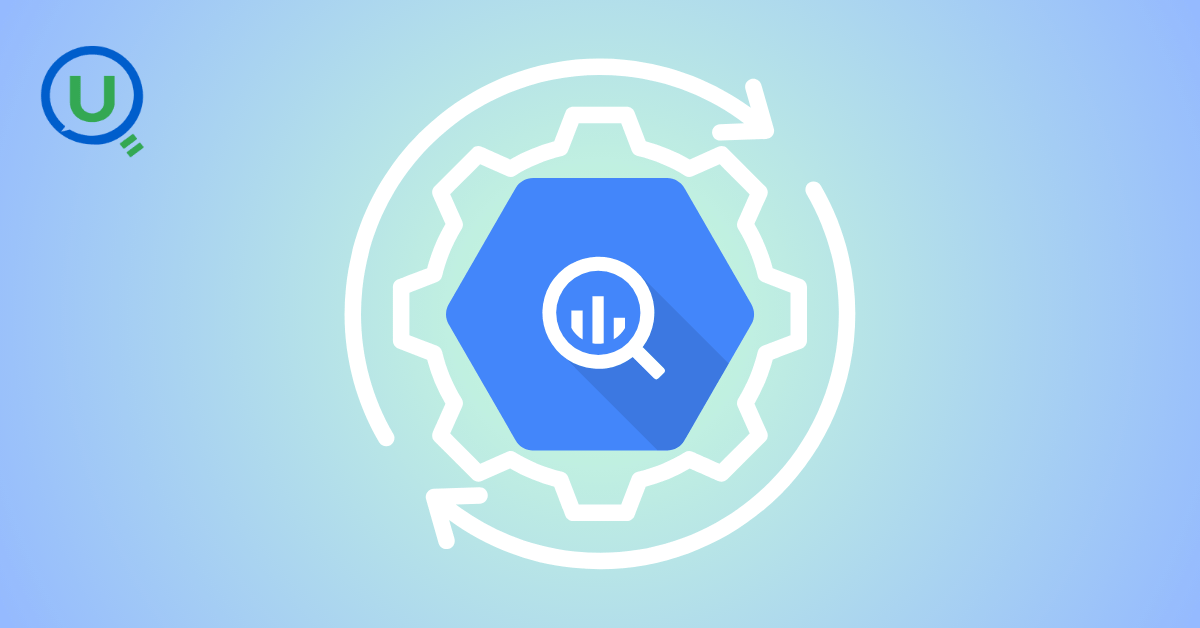
Explore query scanning can be optimized from 9.78 MB down to just 3.95 MB using table partitioning. And how to use partitioning, how to decide the right strategy, and the impact it can have on performance and costs.
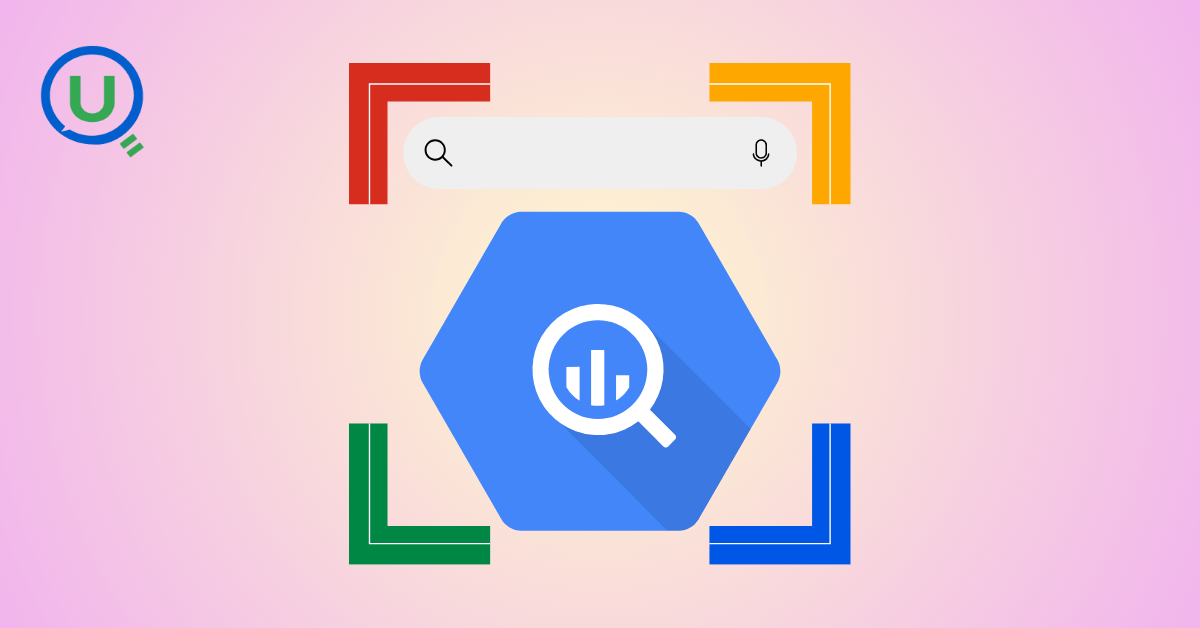
Dive deeper into query design, optimization techniques, and practical takeaways for BigQuery users.

Wondering when to use a stored procedure vs. a function in SQL? This blog simplifies the differences and helps you choose the right tool for efficient database management and optimized queries.

This blog talks about the Power Law statistical distribution and how it explains content virality

In this article we'll build a motivation towards learning computer vision by solving a real world problem by hand along with assistance with chatGPT

This blog explains how Apache Airflow orchestrates tasks like a conductor leading an orchestra, ensuring smooth and efficient workflow management. Using a fun Romeo and Juliet analogy, it shows how Airflow handles timing, dependencies, and errors.

The blog underscores how snapshots and Point-in-Time Restore (PITR) are essential for data protection, offering a universal, cost-effective solution with applications in disaster recovery, testing, and compliance.
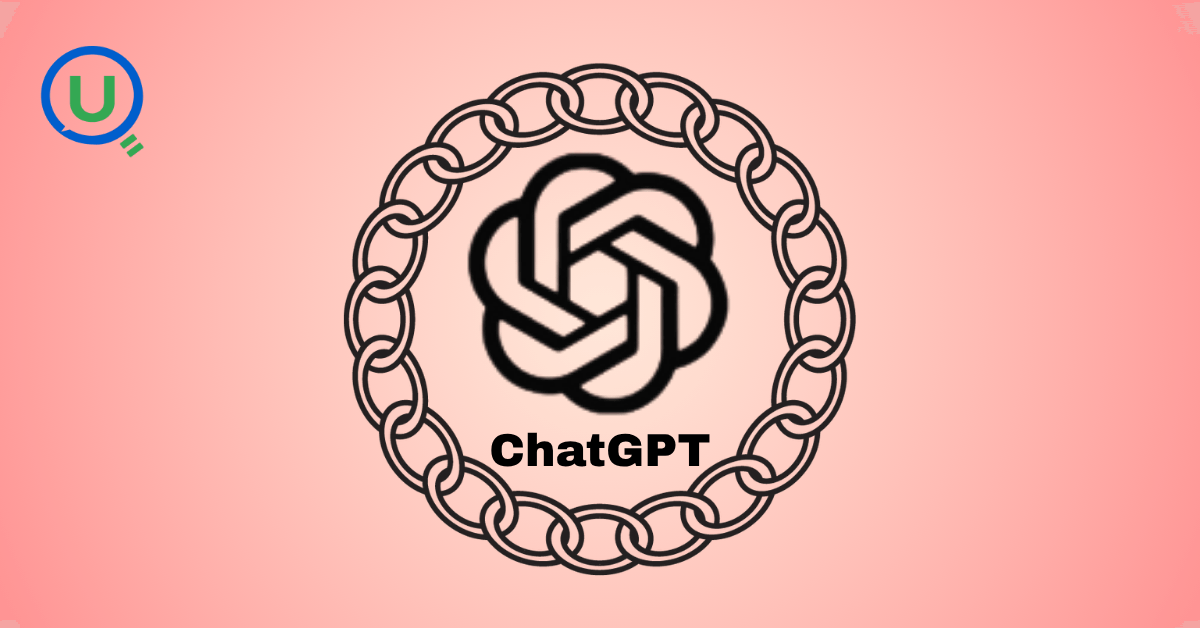
The blog contains the journey of ChatGPT, and what are the limitations of ChatGPT, due to which Langchain came into the picture to overcome the limitations and help us to create applications that can solve our real-time queries

This blog simplifies the complex world of data management by exploring two pivotal concepts: Data Lakes and Data Warehouses.

An account of experience gained by Enqurious team as a result of guiding our key clients in achieving a 100% success rate at certifications

demystifying the concepts of IaaS, PaaS, and SaaS with Microsoft Azure examples

Discover how Azure Data Factory serves as the ultimate tool for data professionals, simplifying and automating data processes

Revolutionizing e-commerce with Azure Cosmos DB, enhancing data management, personalizing recommendations, real-time responsiveness, and gaining valuable insights.
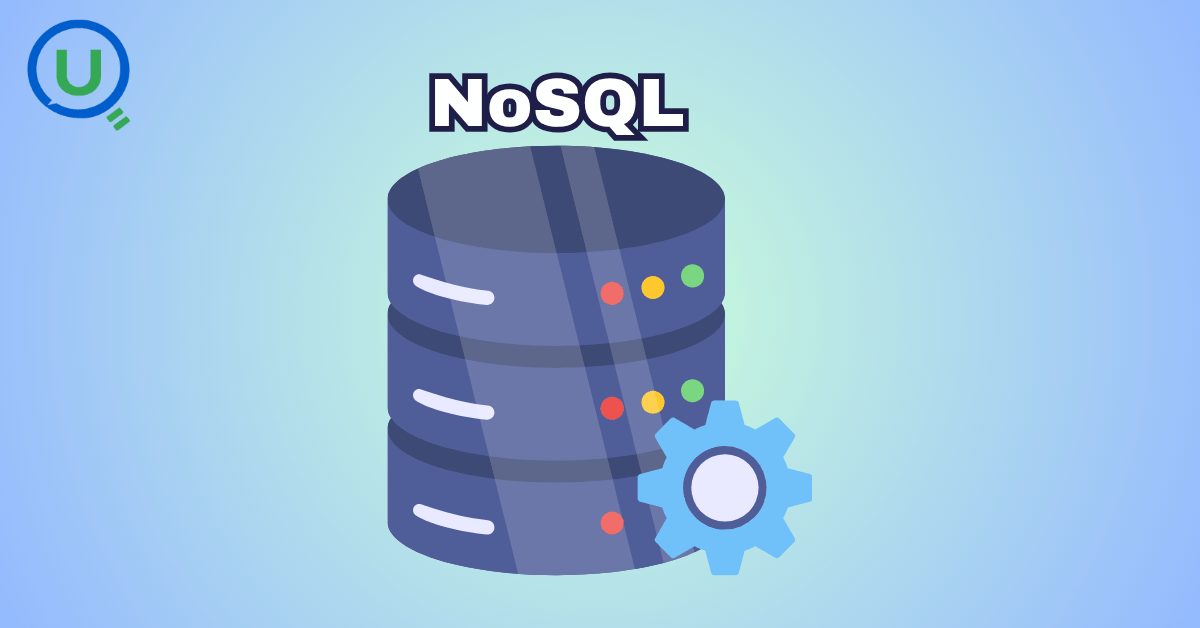
Highlights the benefits and applications of various NoSQL database types, illustrating how they have revolutionized data management for modern businesses.

This blog delves into the capabilities of Calendar Events Automation using App Script.
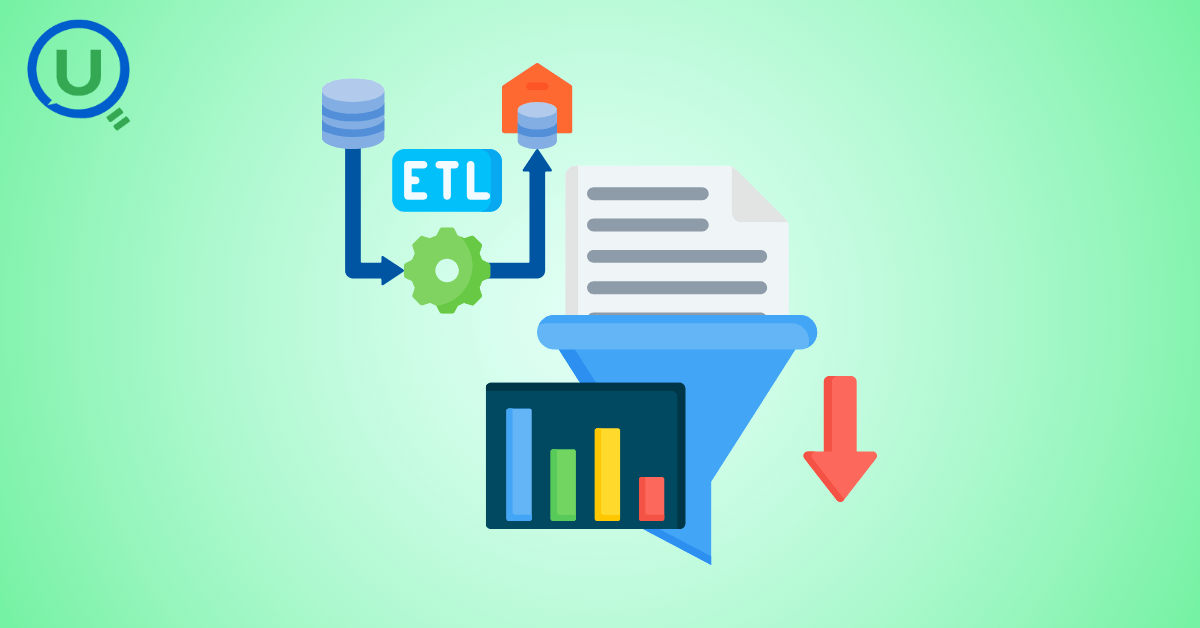
Dive into the fundamental concepts and phases of ETL, learning how to extract valuable data, transform it into actionable insights, and load it seamlessly into your systems.

An easy to follow guide prepared based on our experience with upskilling thousands of learners in Data Literacy

Teaching a Robot to Recognize Pastries with Neural Networks and artificial intelligence (AI)

Streamlining Storage Management for E-commerce Business by exploring Flat vs. Hierarchical Systems

Figuring out how Cloud help reduce the Total Cost of Ownership of the IT infrastructure

Understand the circumstances which force organizations to start thinking about migration their business to cloud
